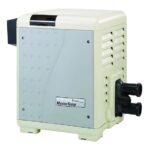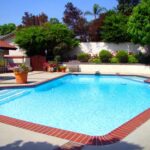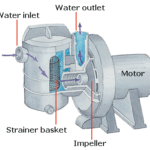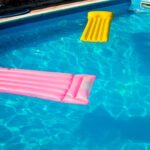An in-depth article about the different types of swimming pool water treatments, including best practices for chlorine, bromine, salt chlorine, and more.
Water—and especially heated water—is a breeding ground for algae and other micro-organisms that carry disease. For this reason, sanitizing your pool water on a regular basis is essential to pool maintenance.
Chlorine Treatments for Pools
The traditional method of sanitization is the use of pool chlorine, which not only eliminates bacteria but is also able to break down organic debris through oxidation.
Chlorine comes in liquid form, though this is not commonly used for home pools; granular pool chlorine, which is dissolved before being added to pool water; and tablet pool chlorine, which is placed in a floating pool chlorine feeder that slowly dissolves and then releases the chlorine into the pool. The chlorine, in reaction with the pool water, produces hypochlorous acid, or what is called “free chlorine,” which is actually what sanitizes the water. But, free chlorine degrades rapidly in sunlight, so cyanuric acid, which stabilizes the compound, is added with the chlorine.
After treating your pool water with chlorine, you will have to check its level regularly to see if you need to add more. Pool water test kits are readily available online or at pool-supply stores. (A kit that also measures pH and calcium levels, plus alkalinity, is recommended.) Your free chlorine level should be 1 to 2 parts per million (ppm). The amount of chlorine you may need to add depends greatly on your pool use; expect to add chlorine daily during the heavy-use summer months.
Always follow label directions to the letter, and never mix more than one type of brand. Chlorine compounds can be corrosive, to your pool and to you. As you will have to handle the chemical by hand, make sure to wear proper protection on your hands and face.
If you are using the granular form, mix it by adding it to water and not the other way around to ensure it does not splash on you. Pour the solution into the pool in several different places, as close to the surface as you can. The tablet form is simply added to the feeder.
Browse Materials for This Project on Amazon
• Tablet Pool Chlorine
• Floating Pool Chlorine Feeders
• Free-Chlorine Test Kits
• Pool Water Bromine Tablets
• Salt Chlorine Generators
Chlorine Shock Treatment for Pools
A chlorinated pool typically contains two types of chlorine. Free available chlorine (FAC) has maintained its pure chemical composition and is standing at the ready to clean up contaminants. Combined available chlorine (CAC), also called chloramine, has already done its work and now is impure because it has combined with ammonias and other contaminants in the water. (These contaminants, for the most part, come from urine, sweat, and saliva.)
When a pool smells like it has too much chlorine and the water burns your eyes, you are actually smelling the contaminated CAC rather than the pure FAC. We often think that the odor and irritation are the result of too much chlorine, but they actually indicate that there is not enough FAC in the water.
The solution is to “shock” the water by adding a large dose of chlorine, a process called super-chlorinization. This megadose breaks down the CAC and re-establishes a healthy level of FAC.
Optimally, you should administer a chlorine shock at night, after people have finished swimming, so the water can have time to recover. At the very least, give it an hour or so before allowing people into the pool, and make sure the pump and filter are operating. Purchase an amount of pool chlorine shocker suitable for your size pool. One form is a powder that you scatter over the water at various locations in the pool. Use a free-chlorine test kit to make sure you have achieved free chlorinization. If the treatment did not work sufficiently, repeat it.
If a pool is heavily used, you may need to shock it on a weekly basis. Otherwise, administer a shock when the pool smells bad or when a test kit reveals the need. If you want to lessen your maintenance time by partially automating the task, consider installing a salt chlorine generator (see Swimming Pool Sanitization: Salt Chlorine Generators).
Bromine Treatment for Pools
Bromine, which is commonly available as pool water bromine tablets the same way chlorine is, has some advantages over chlorine. While chlorine combines with contaminants to produce combined available chlorine, which is foul smelling and irritating to eyes and skin, bromine produces bromamines, which are odorless and non-irritating.
With bromine, you do not need to apply periodic shock treatments as you do with chlorine. And bromine works quickly, so swimmers can jump in the pool soon after treatment.
However, there are some drawbacks. Bromine breaks down in sunlight, so pure bromine is not very effective for outdoor pools that are shaded. For that reason, many bromine tablets contain a significant amount of chlorine to help stabilize them. And bromine is more expensive than chlorine.
For these reasons, bromine is more commonly used for indoor pools and spas than for outdoor pools.
Salt Chlorine Generators
A salt chlorine generator extracts chlorine from sodium chloride, more commonly known as simple table salt. This eliminates your need to handle potentially dangerous chemicals. A salt chlorine generator also automates some maintenance tasks so you have less work to do.
A salt chlorine generator is an inline device installed in the pipe just after the filter. It runs electrical current through salted water, which causes a chemical reaction that basically turns salt into chlorine.
One type of generator requires you to add salt directly to the pool water. It may seem like a lot of salt when you pour it in, but actually the level is so low that you would not be able to taste it were you to sample the pool water.
Another generator works much like the slow release of salt by a water softener. The generator continually releases a small amount of chlorine into the water to maintain a safe and effective level. The result is less combined available chlorine, which causes a nasty odor and irritates skin and eyes.
Even with certain salt chlorine generators, you will need to apply a chlorine shock treatment every once in a while. For this reason, some generators have the capacity to provide the shock. Instead of applying chlorine to the pool yourself, you just push a button or turn a dial and the generator shocks the water.
Solar Metal Pool Water Ionization Treatments
With a solar ionization metal pool water system, a very low-voltage electrical current is used to inject tiny amounts of metal—in most cases copper, but sometimes silver or synthetic compounds—into the water. The ions in the metal destroy bacteria and algae. It is common for a unit to use solar power to administer the current and so it may be called a “solar ionization” device.
Older ionization devices released a dangerous amount of copper into the water, but newer models release amounts so small that they are considered safe for even drinking. Some older pools were plumbed with copper pipe, which released trace amounts of copper into the water. This actually killed the algae but unfortunately also turned blonde hair a light shade of green. A modern metal ionization unit will not produce the green-hair effect.
An ionization unit is typically run for four to eight hours, and the ions remain in the water, killing bacteria, for a week or longer. This is far less operating time than a salt chlorine generator (see above), which is kept running virtually all the time.
Metal ionization is a supplemental sanitizing method since it cannot neutralize contaminants such as dirt particles, skin oil, and oils from sunscreen. It typically cuts down on the need for chlorine by as much as 80 percent, but you will still need to apply chlorine and occasionally administer chlorine shock treatment.
Find a Pre-Screened Local Swimming Pool Water Maintenance Pro




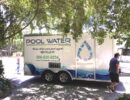
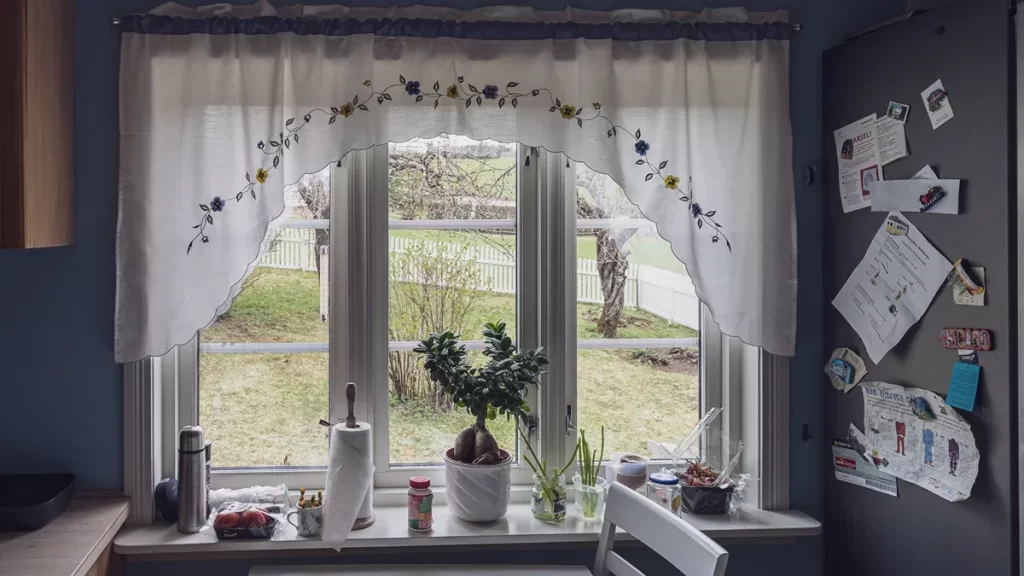

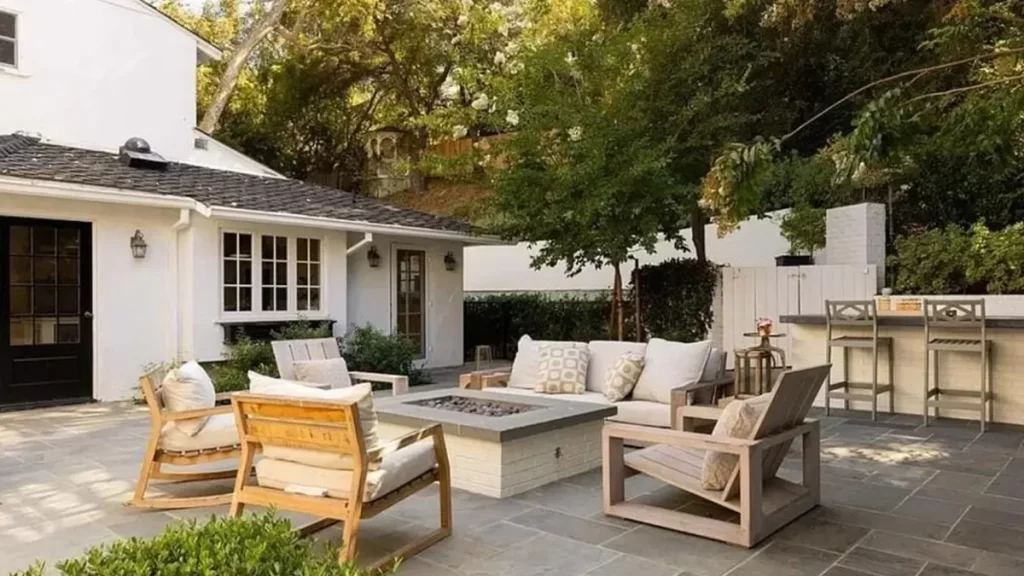
 Don Vandervort writes or edits every article at HomeTips. Don has:
Don Vandervort writes or edits every article at HomeTips. Don has:
